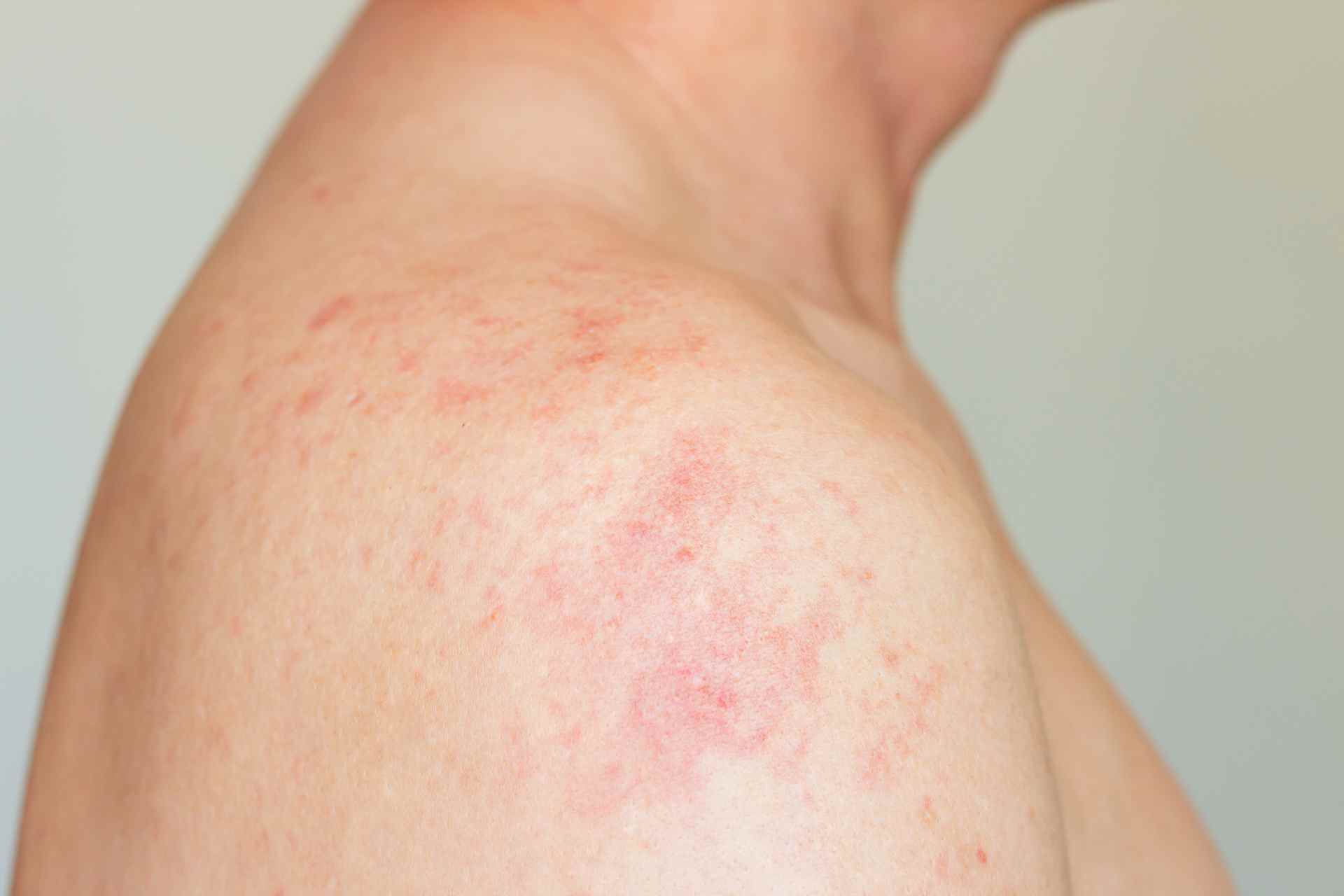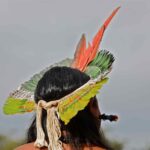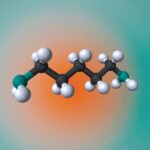Fungal skin infections are becoming harder to treat due to growing drug resistance. Now, researchers have found that non-urbanized Indigenous communities such as the Orang Asli in Malaysia have very different and more diverse skin microbiota compared to urban populations, and these differences may influence the persistence of skin infections.
The findings, published in Cell, highlight the importance of understanding skin microbiotas to manage long-term fungal infections in Indigenous communities—work that may help develop better diagnostics and treatments.
Unlike the gut microbiota, the skin microbiota is poorly understood, especially in non-urbanized populations, and only a few studies have focused on Indigenous groups.
For example, Malaysia’s Indigenous Orang Asli community suffers from a chronic fungal disease that causes scaly skin rashes. Treatment is challenging because of limited access to the community, which has a semi-nomadic lifestyle.
From 2022 to 2023, researchers led by Yi Xian Er at Malaya University in Kuala Lumpur, Malaysia, studied 82 people from the Orang Asli community, 20 of whom were infected with the fungus Trichophyton concentricum, which causes a chronic fungal disease called tinea imbricata.
Drug resistance
Although the study participants came from five villages up to 440 km apart, their fungal strains were genetically similar, which indicates that the infection is not from a single source. Some genetic similarities were found within families or between nearby villages, hinting at shared exposure or past transmission.
The researchers tested 60 T. concentricum samples from the Orang Asli community against eight common antifungal drugs. Most drugs worked well, but some were less effective. About 15% of the samples—mainly from two people in one village—showed signs of resistance to terbinafine, a commonly used drug, due to a genetic mutation that has also been found in resistant cases worldwide.
The team also compared the skin microbiotas of Orang Asli and people from urban areas in Malaysia and the United States. Orang Asli’s skin microbes were not well represented in existing databases, so the researchers created new genetic profiles of bacteria and fungi from this population, which may help to improve future studies of skin conditions such as tinea imbricata.
Diverse microbiota
The skin microbes of Orang Asli individuals were more diverse than those of people living in urban areas such as Kuala Lumpur and Washington, DC, the researchers found.
Orang Asli had high levels of certain bacteria not commonly found in cities, while urban populations had high amounts of common skin bacteria such as Cutibacterium acnes, Corynebacterium tuberculostearicum, and Staphylococcus epidermidis. These differences were linked to lifestyle factors such as sanitation, diet, and contact with nature. People with tinea imbricata had much higher levels of T. concentricum on their skin compared to healthy people, who showed no signs of the fungus.
“These findings provide valuable insights into clinical, microbiological, and genomic features of chronic fungal skin infections, offering the potential to inform strategies to address drug resistance and effective therapy,” the authors say.









